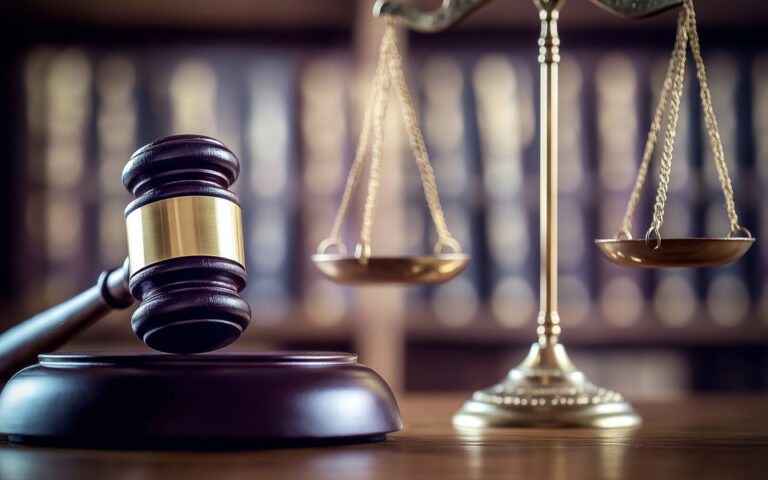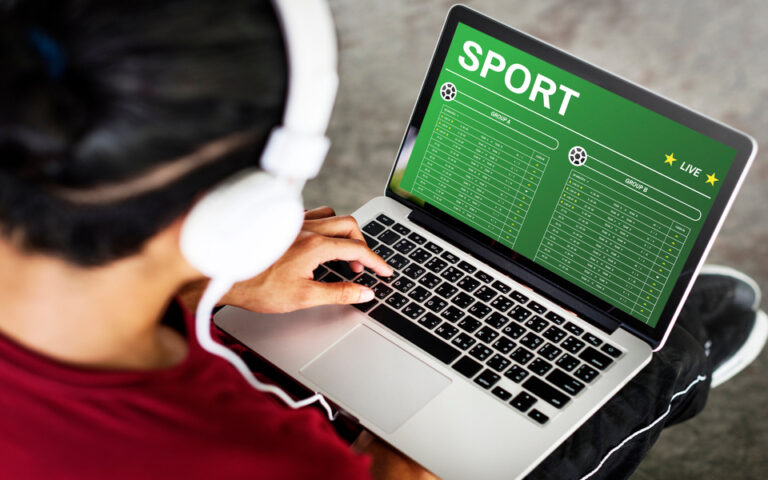On 20 May 2025, Sasol Limited hosted its second “Capital Markets Day” (CMD), an event at which it had indicated it would provide more details regarding the “optimisation” of its emission reduction roadmap (ERR).
The ERR was unveiled with great fanfare at Sasol’s previous CMD in 2021, where the company announced that it would reduce its scope 1 and 2 greenhouse gas (GHG) emissions by 30% by 2030. This would be done by reducing production (turning down its boilers), energy efficiency measures, introducing liquefied natural gas (LNG) as a replacement feedstock for coal, and increasing its use of renewable energy. The capital cost of this roadmap was estimated at R15-25 billion.
Shareholders endorsed the ERR in 2021, 2022 and 2023, by voting in favour of Sasol’s “say on climate” shareholder resolutions which asked for approval of the plan.
In 2024, following vastly reduced shareholder support of its climate plans in 2023, Sasol did not invite shareholders to vote on its ERR progress.
In the four years since the 2021 ERR announcement, Sasol has reduced its scope 1 and 2 GHG emissions by only 2% (a reduction of 1,45 Mt). Sasol must still reduce its emissions by 16 Mt by 2030 if it is to achieve its 30% reduction target for Sasol Energy. However, its emissions have gone up in the last two years, and it now plans to increase production levels at Secunda, which will also result in higher emissions.
Nevertheless, Sasol has now announced that the “optimised” ERR will achieve the same 30%-by-2030 emission reduction target, at a fraction of the cost (R4-7 billion, although this amount appears to exclude Sasol’s estimated R2-4 billion in capex for its increased renewable energy target). It claims to be able to do so with no feedstock replacement and increased production levels.
In short, Sasol’s new decarbonisation plan is to increase its renewable energy ambition by 800MW to 2GW. It has abandoned its plans to use LNG as a replacement feedstock and to reduce production at Secunda, stating that the sulphur dioxide emissions leniency it was granted last year allows it “to keep more boilers running, preserving steam capacity while meeting compliance requirements. We are no longer cutting back on gasifiers, and will maximise Secunda’s production”.
Instead, it will now use carbon offsets to make up the balance of the 30% emission reduction target, even though Sasol indicated in 2021 that it did not intend to rely on offsets to meet its 2030 targets. “Offsetting” emissions does not prevent or undo the harms caused by burning fossil fuels. The emissions that Sasol “offsets” will still contribute to climate change.
Although Sasol regards its updated ERR as “compelling”, and supported by “credible and executable plans”, and it appears to have been favourably received by the market, it is not at all clear how Sasol will meet its 2030 targets with the revised plan.
There are a host of unanswered questions about the feasibility of the “optimised ERR”, the details of which are set out in Just Share’s latest briefing.
IMAGE: Keso s via Flickr CC BY-NC-ND 2.0






